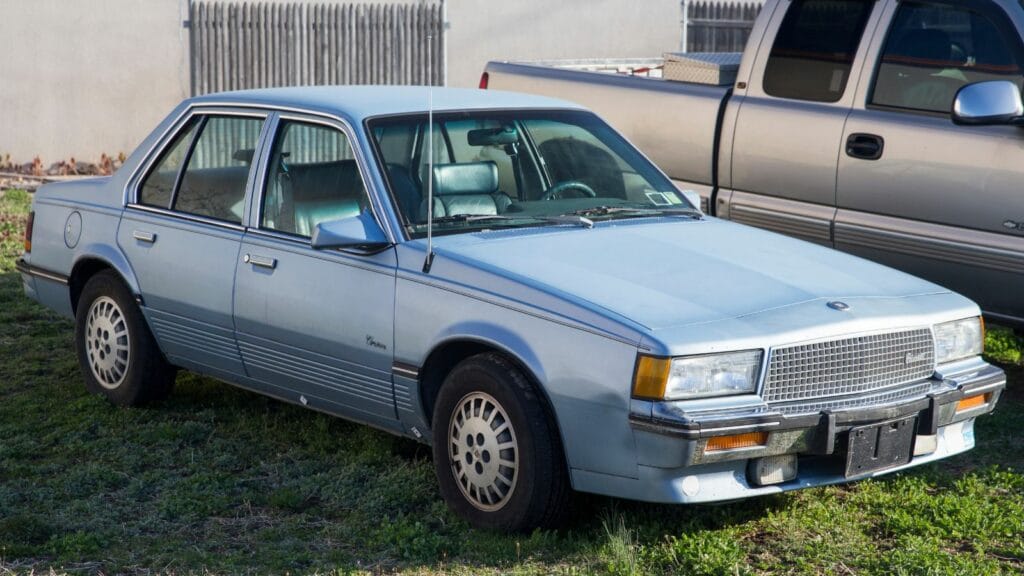General Motors is responsible for some of America’s greatest automotive icons, but it has also given us some of the industry’s most infamous failures. From rushed engineering disasters to baffling styling decisions and hopelessly outdated designs, GM’s history is littered with examples of cars that should never have left the showroom floor. Here’s a closer look at 10 of the worst GM cars ever made, and why they became cautionary tales.
Chevrolet Vega (1971–1977)
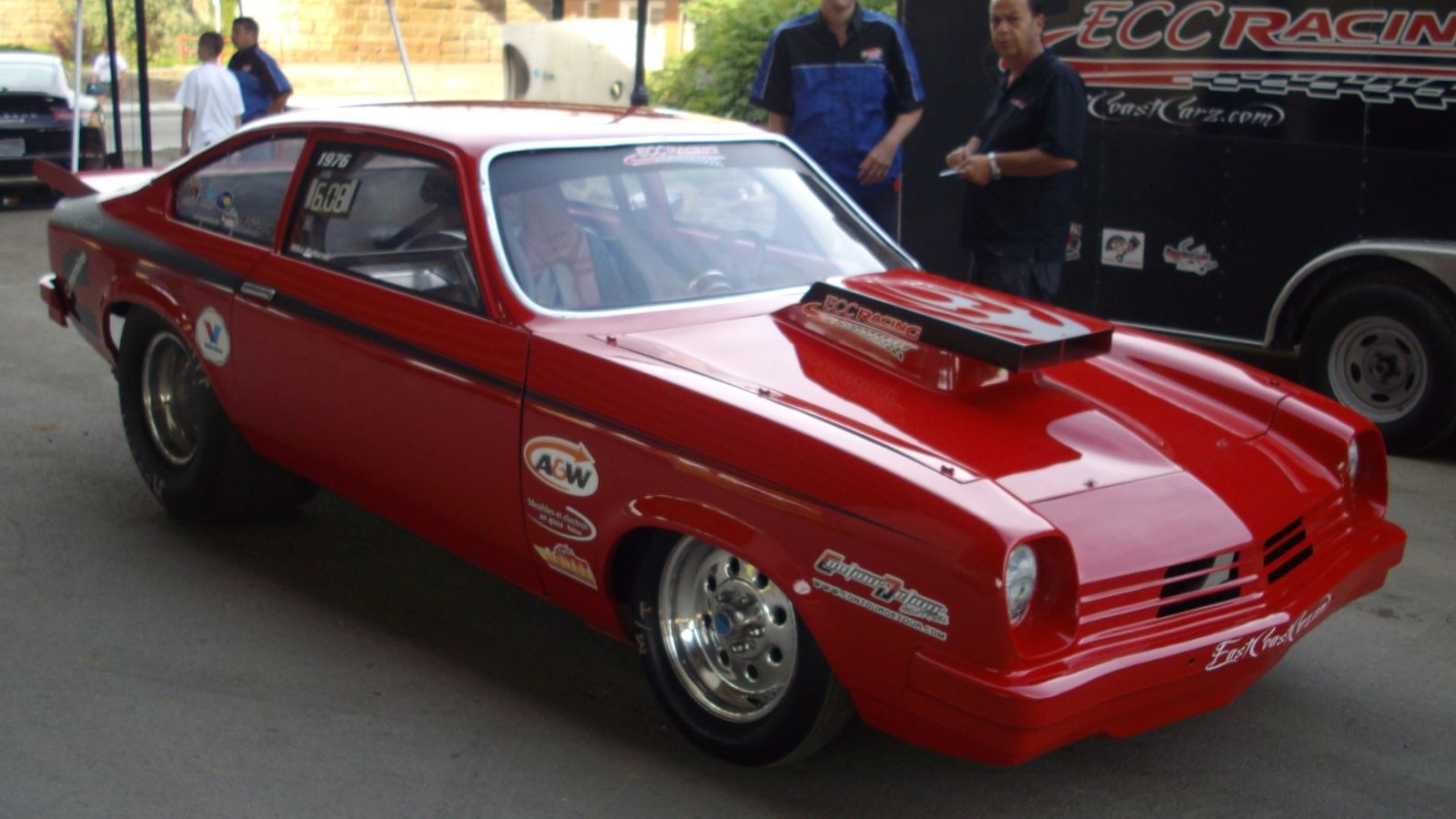
The Vega was launched with big promises: a lightweight compact with an advanced aluminum engine and sharp styling. Unfortunately, GM cut corners, and the result was catastrophic. The Vega’s engine overheated easily, cylinder walls wore out prematurely, and the car’s body panels rusted almost instantly in northern climates. Owners complained of breakdowns before even hitting 40,000 miles. What should have been a small-car savior ended up becoming the poster child for GM’s declining quality in the 1970s, scaring many buyers toward Japanese imports.
Pontiac Aztek (2001–2005)
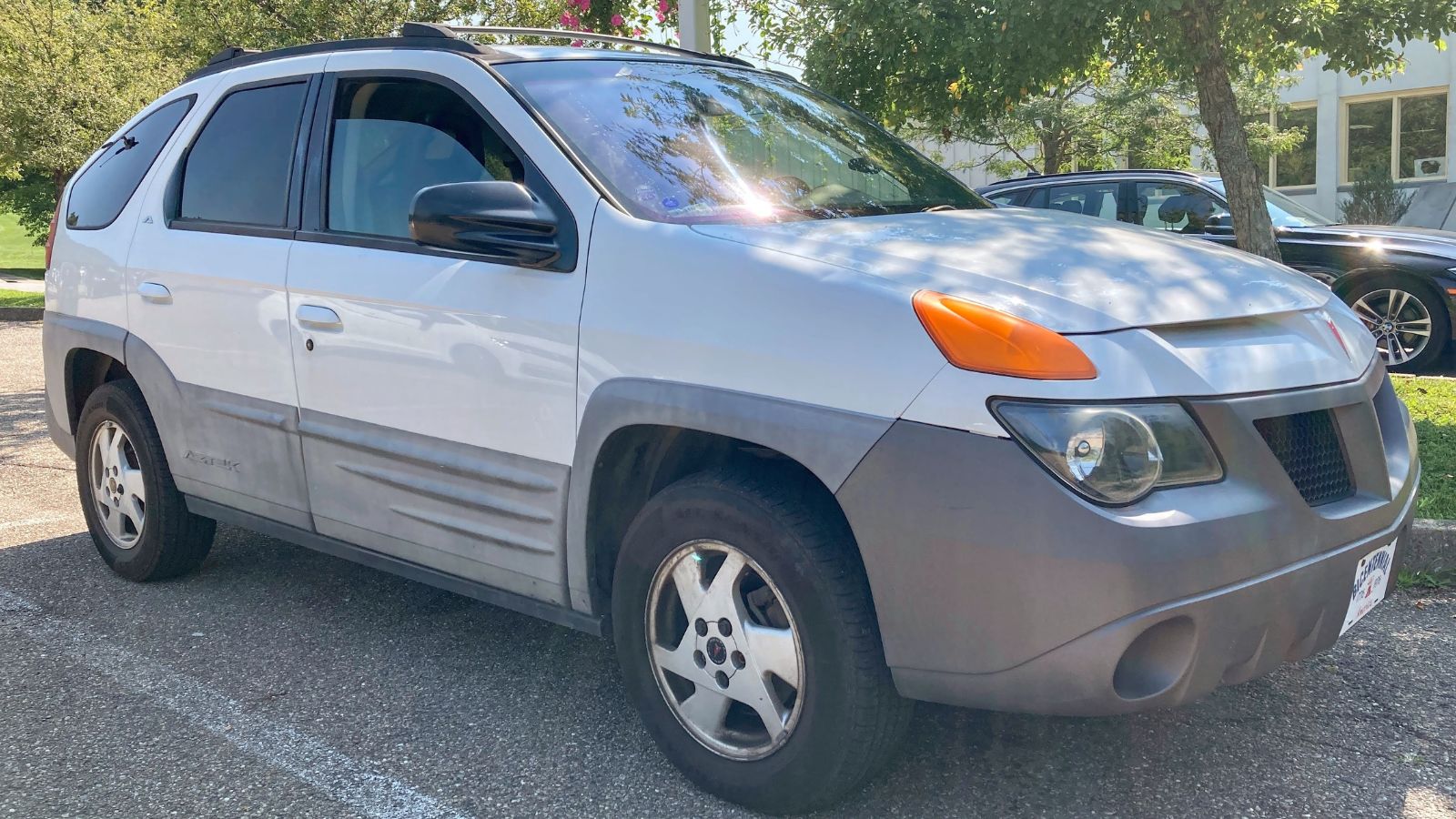
Few cars have been ridiculed as much as the Aztek. Designed as a quirky crossover ahead of its time, it ended up with some of the most awkward styling ever applied to four wheels. Its strange proportions, clunky lines, and cheap interior turned off buyers in droves. Despite offering practical features like a camping package and roomy interior, the Aztek became a running joke. Years later, Breaking Bad gave it some cult status, but in its prime, it was considered one of GM’s most embarrassing flops.
Cadillac Cimarron (1982–1988)
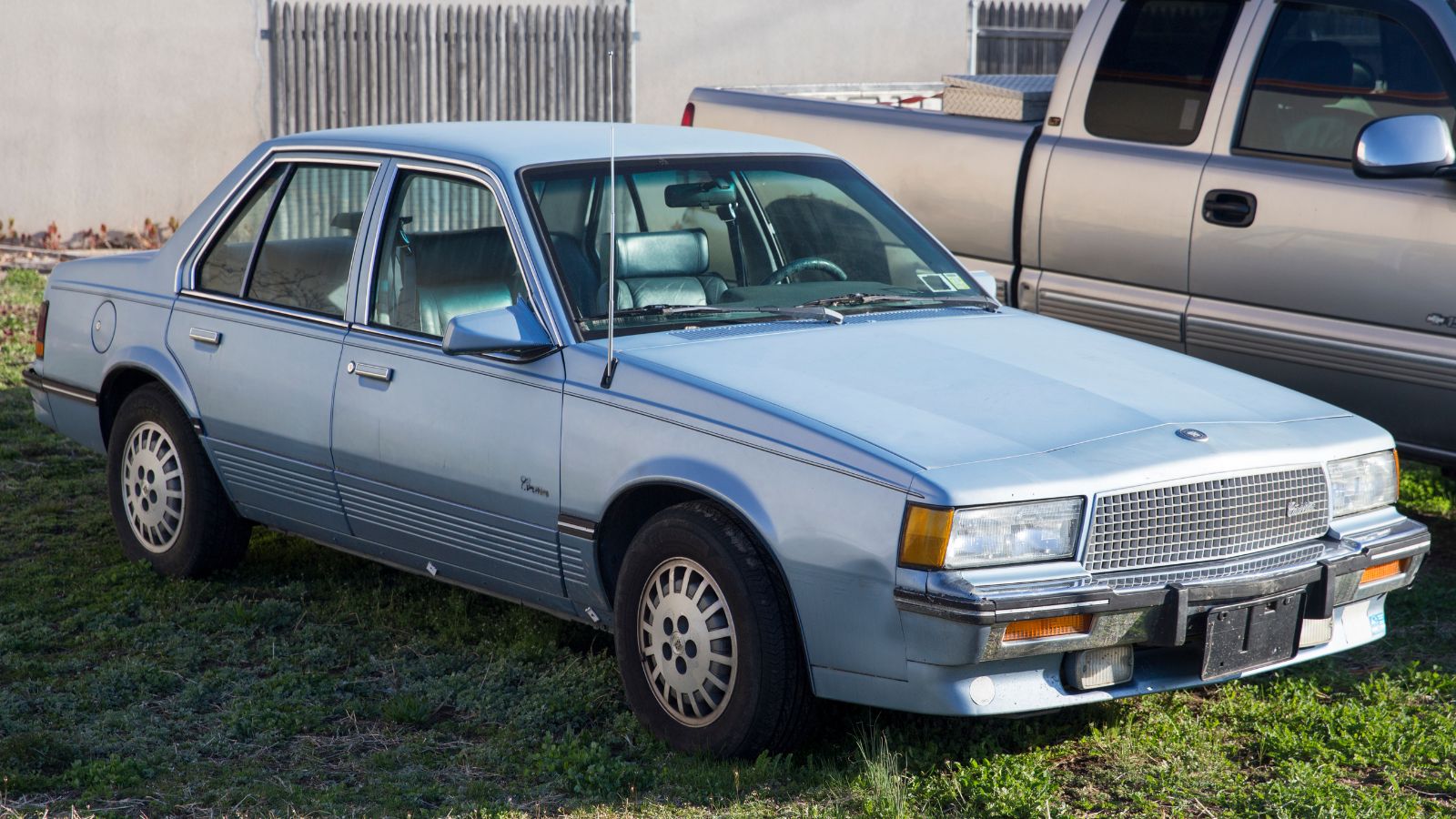
When GM tried to downsize Cadillac for the compact luxury segment, they simply rebadged a Chevrolet Cavalier and added leather. The Cimarron was a cynical move that Cadillac loyalists didn’t forgive. It lacked the refinement, performance, and prestige expected of the brand, yet it carried a hefty price tag. Instead of attracting new buyers, it damaged Cadillac’s reputation for decades. The Cimarron is still used as a textbook example of how badge engineering can go terribly wrong.
Chevrolet Chevette (1976–1987)
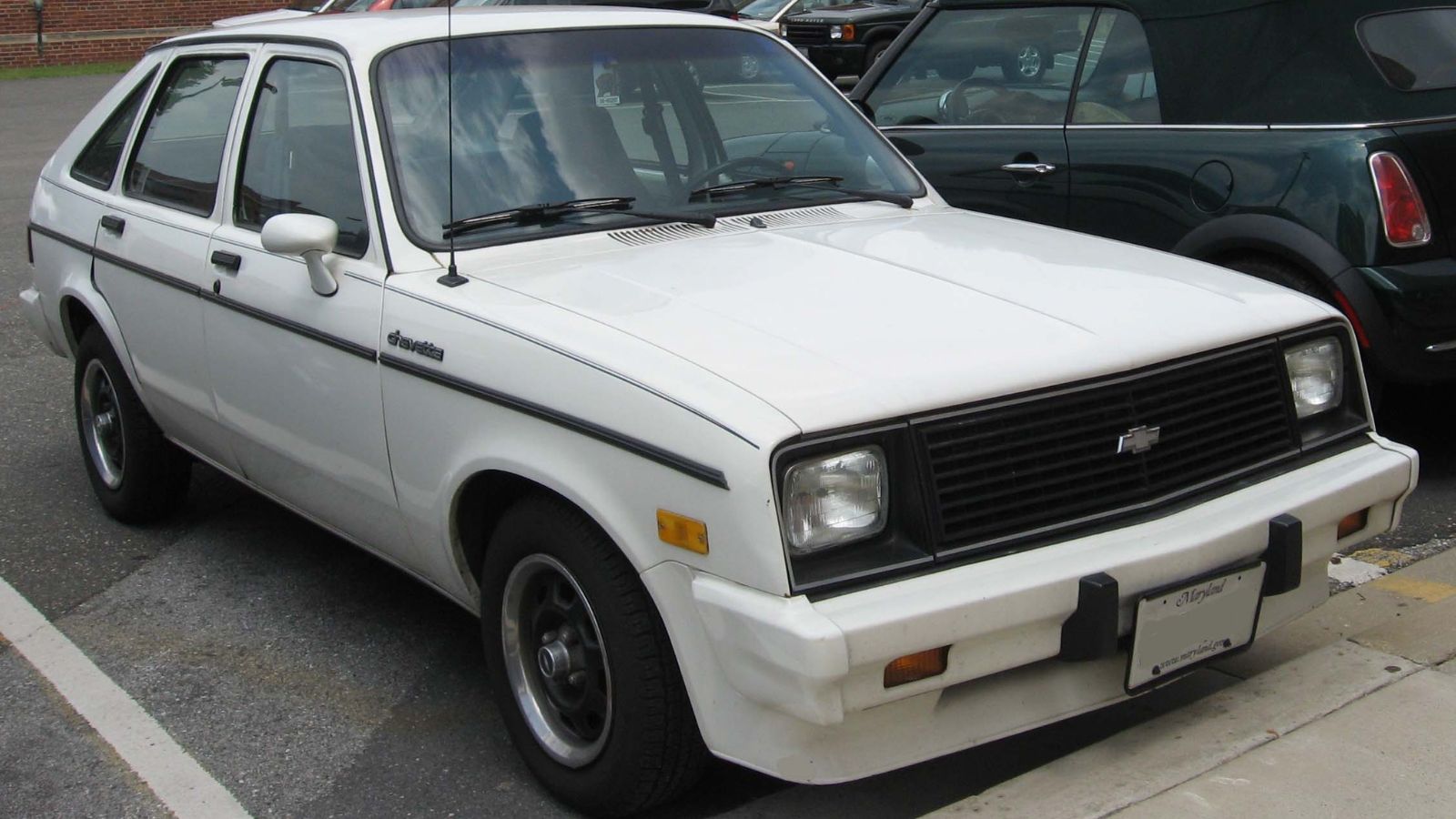
The Chevette was GM’s budget-friendly answer to rising fuel prices and cheap imports. It was simple, it was cheap, and it was also one of the most uninspired cars ever sold in North America. Slow, underpowered, noisy, and rough to drive, the Chevette felt outdated even when it was brand new. Despite this, it sold in decent numbers because it was affordable, but it left no lasting impression other than being a car people were eager to trade in once they could afford something better.
Saturn Ion (2003–2007)

By the time the Ion arrived, Saturn was a shadow of what it was supposed to be. Its weird proportions, awkward styling, and cheap-feeling interior made it an instant disappointment. The much-hyped “quad coupe” with rear clamshell doors seemed clever but turned out flimsy in real-world use. Reliability wasn’t terrible, but the Ion felt more like a rushed experiment than a serious competitor to Japanese compacts. It highlighted GM’s inability to modernize Saturn, which would be shut down just a few years later.
Oldsmobile Diesel Cars (1978–1985)
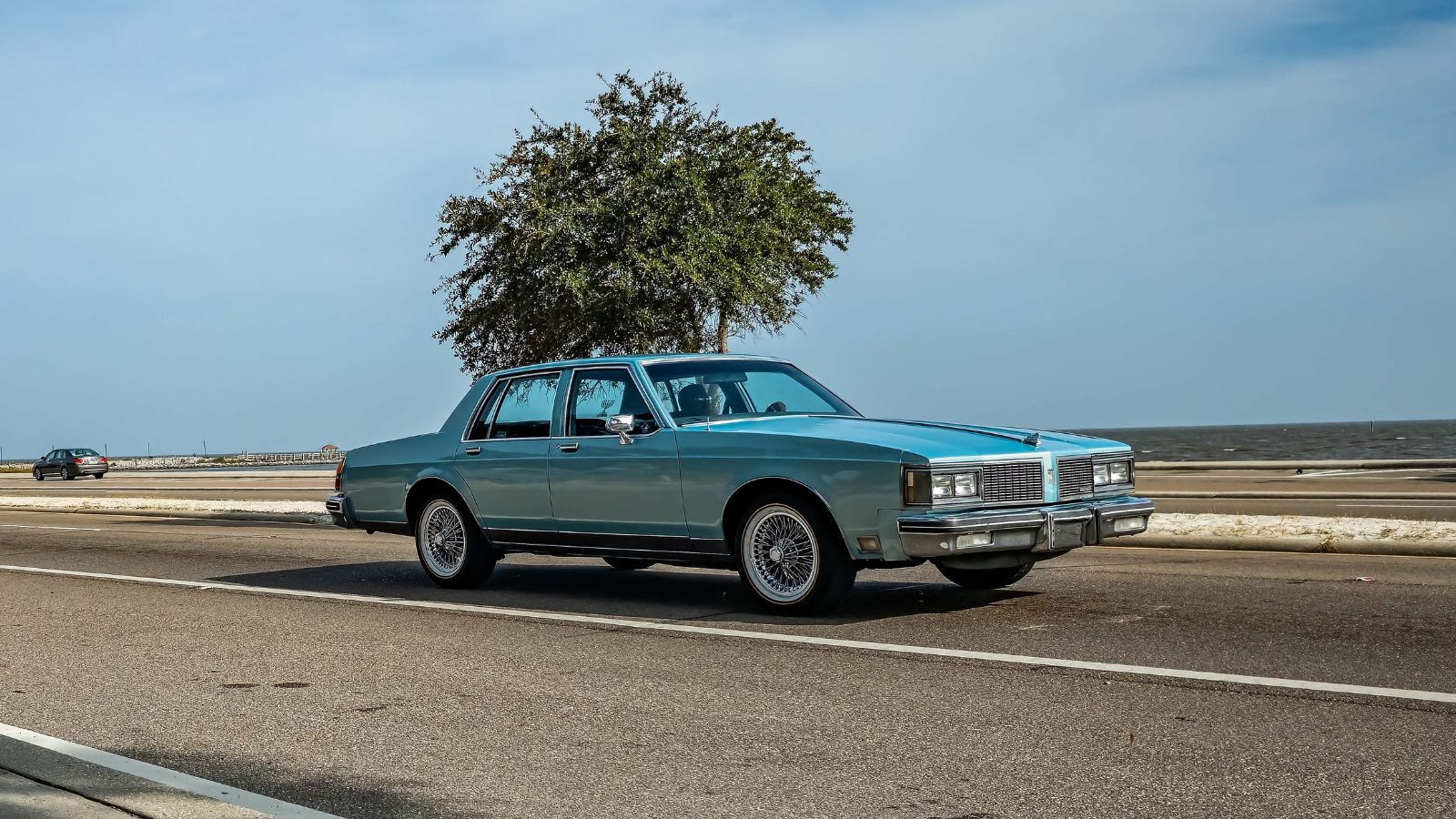
In the wake of the fuel crisis, GM hurriedly developed diesel engines by modifying gasoline blocks, and the results were disastrous. These Oldsmobile diesels were plagued with head gasket failures, cracked blocks, and awful reliability. Many wouldn’t even make it past 50,000 miles. The debacle soured an entire generation of Americans on diesel cars, handing decades of ground to European manufacturers who did the technology properly. It wasn’t just a bad engine; it was a massive self-inflicted wound on GM’s reputation.
Pontiac Fiero (1984–1988)
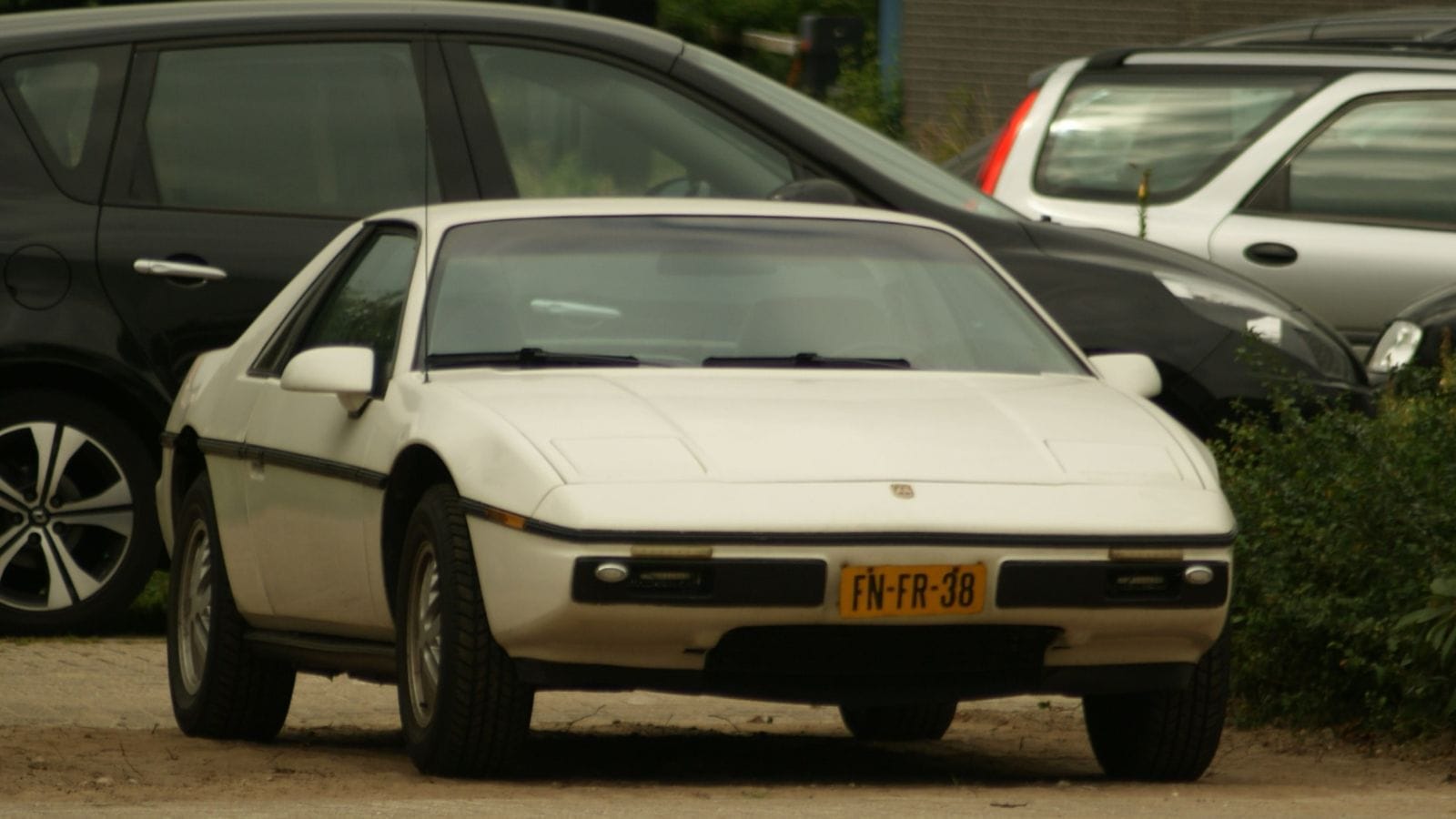
On the surface, the Fiero was revolutionary—a mid-engine American sports car at an affordable price. In practice, it was crippled by weak engines, cost-cutting components borrowed from economy cars, and early models that literally caught fire. By the time Pontiac sorted out its problems and gave the Fiero real performance, its reputation was too far gone. Enthusiasts today appreciate what it could have been, but back in the 80s, it was seen as a missed opportunity that underscored GM’s bad habit of under-delivering.
Chevrolet Citation (1980–1985)
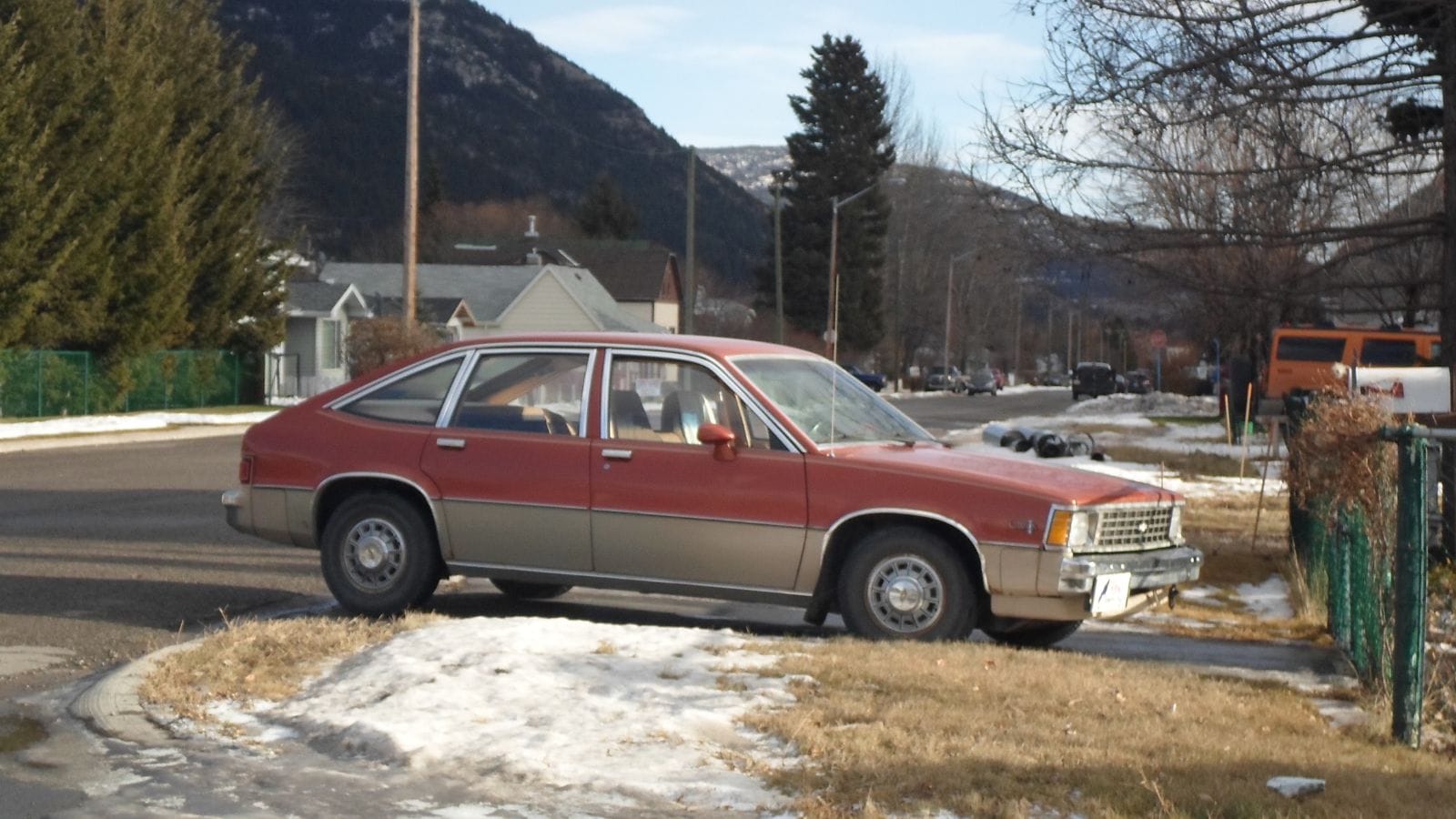
The Citation was GM’s first attempt at a front-wheel-drive compact, and it should have been a game-changer. Instead, it became a rolling disaster. Owners complained of transmission failures, suspension issues, and poor handling that earned the car the nickname “Excitation.” Its build quality was so bad that recalls became routine. While it sold well at first, buyers quickly learned their mistake. By the mid-80s, the Citation had destroyed consumer trust in GM’s new front-wheel-drive platform.
Hummer H2 (2002–2009)
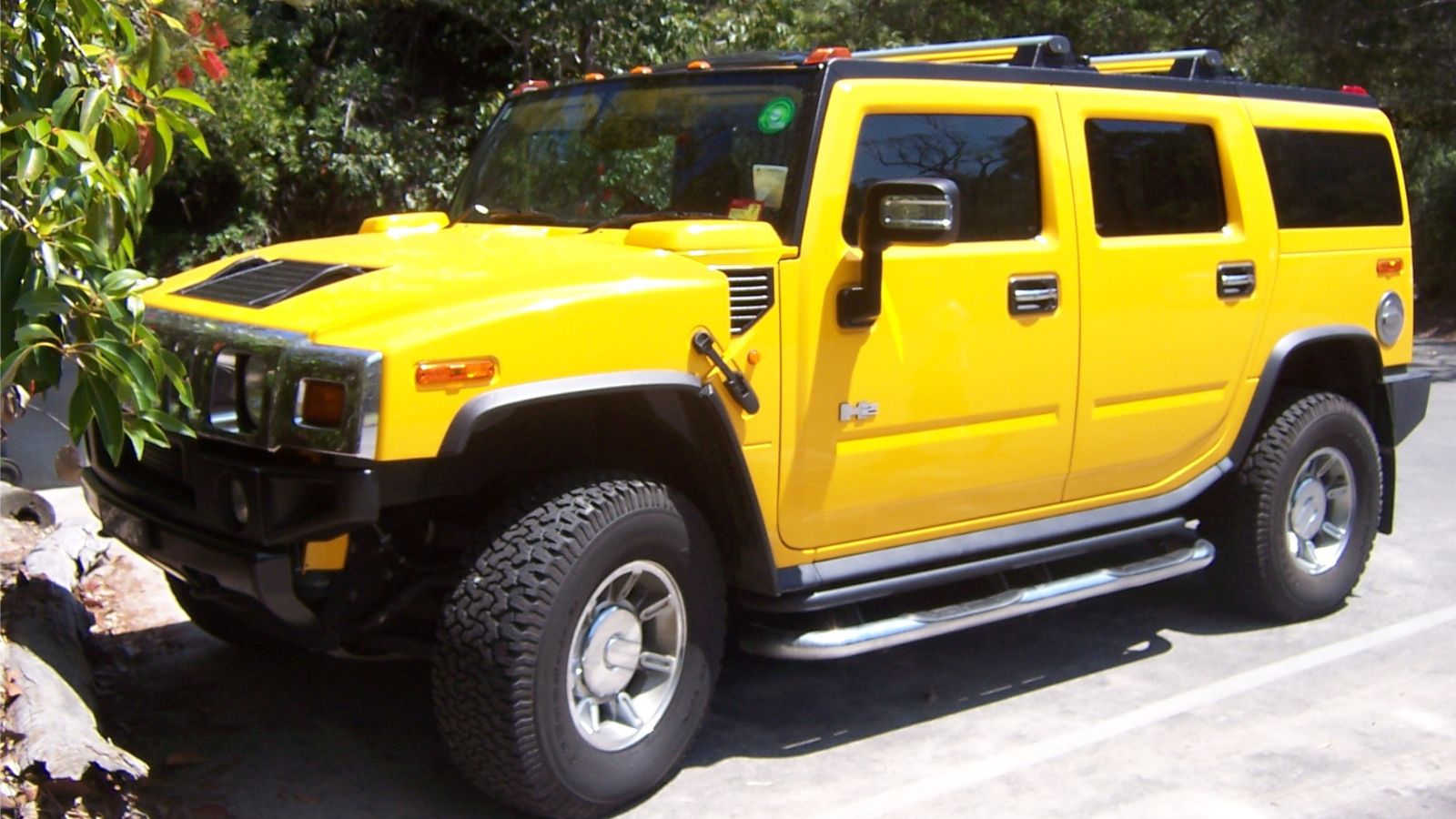
The H2 became a symbol of early 2000s excess. Sure, it looked tough and intimidating, but underneath the bodywork, it was little more than a dressed-up Chevy Tahoe. Its single-digit fuel economy was appalling even for the time, and its massive size made it impractical for city driving. While some buyers loved the image, critics rightly panned it as wasteful and gimmicky. When gas prices spiked in 2008, demand evaporated, and the H2 became one of GM’s most ridiculed vehicles.
Cadillac Allanté (1987–1993)

The Allanté was Cadillac’s bold attempt to challenge European luxury roadsters. GM even flew bodies from Italy on 747 cargo planes to Detroit for final assembly. It sounded exotic but resulted in sky-high costs and endless reliability problems. Electrical issues plagued the car, and it never offered the refinement of its Mercedes or Jaguar rivals. While its Northstar V8 eventually improved performance, the Allanté became more famous for its convoluted production process than for its quality.
How These Cars Hurt GM’s Reputation
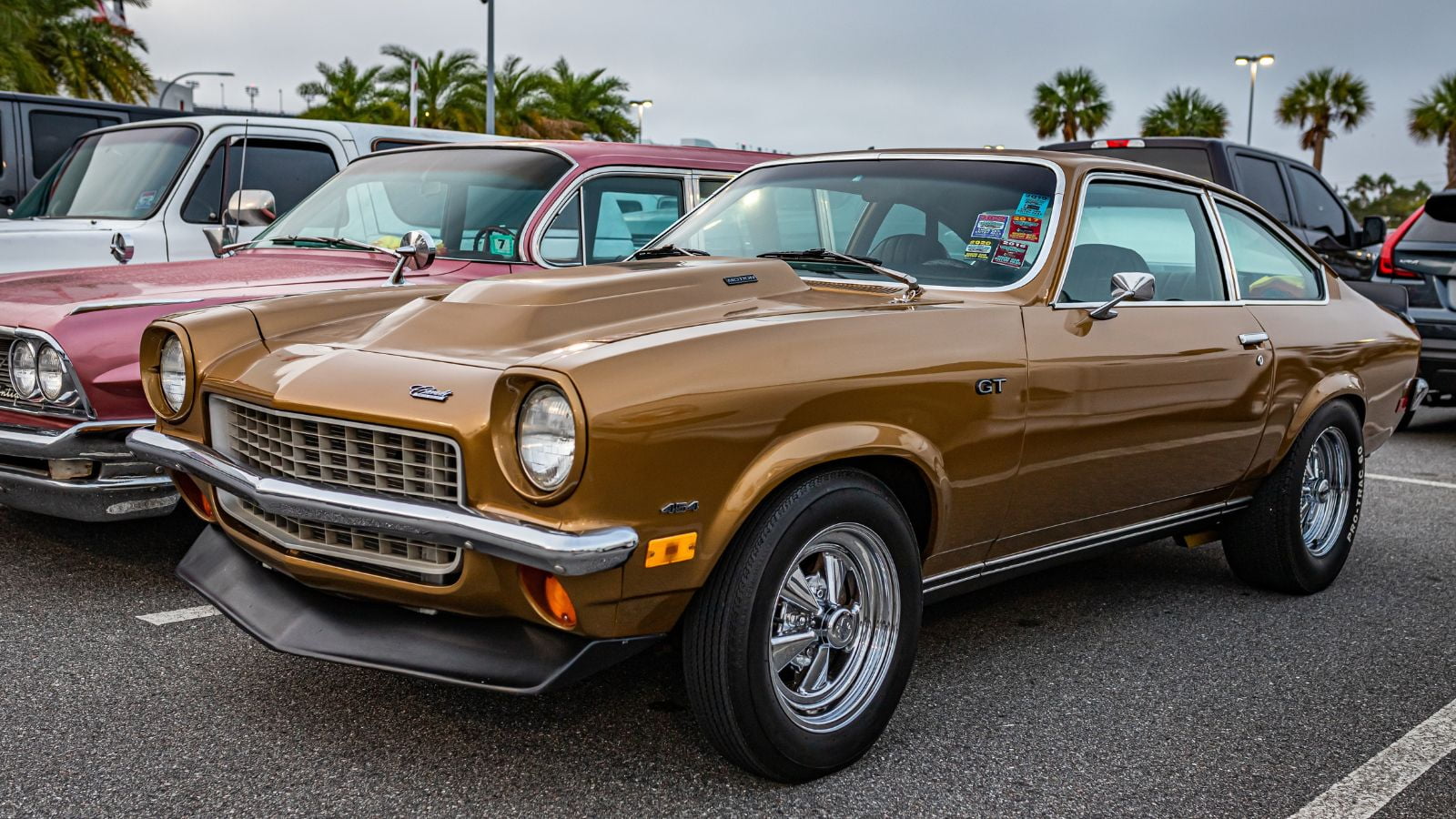
Each of these models damaged GM in different ways. The Vega and Chevette made buyers question GM’s ability to compete with imports. The Cimarron and Allanté eroded Cadillac’s prestige. The Citation, Ion, and Oldsmobile diesels showcased GM’s corner-cutting and engineering missteps. The Fiero highlighted the company’s inability to follow through on innovation, while the Aztek and H2 painted GM as clueless about design and excess. Collectively, these failures chipped away at consumer trust, sending once-loyal buyers running to Ford, Chrysler, and especially Japanese automakers. GM would spend decades trying to repair the damage.
25 Facts About Car Loans That Most Drivers Don’t Realize

Car loans are one of the most common ways people fund car purchases. Like any other kind of loan, car loans can have certain features that can be regarded as an advantage or a disadvantage to the borrower. Understanding all essential facts about car loans and how they work to ensure that you get the best deal for your financial situation is essential. Here are 25 shocking facts about car loans that most drivers don’t realize:
25 Facts About Car Loans That Most Drivers Don’t Realize
